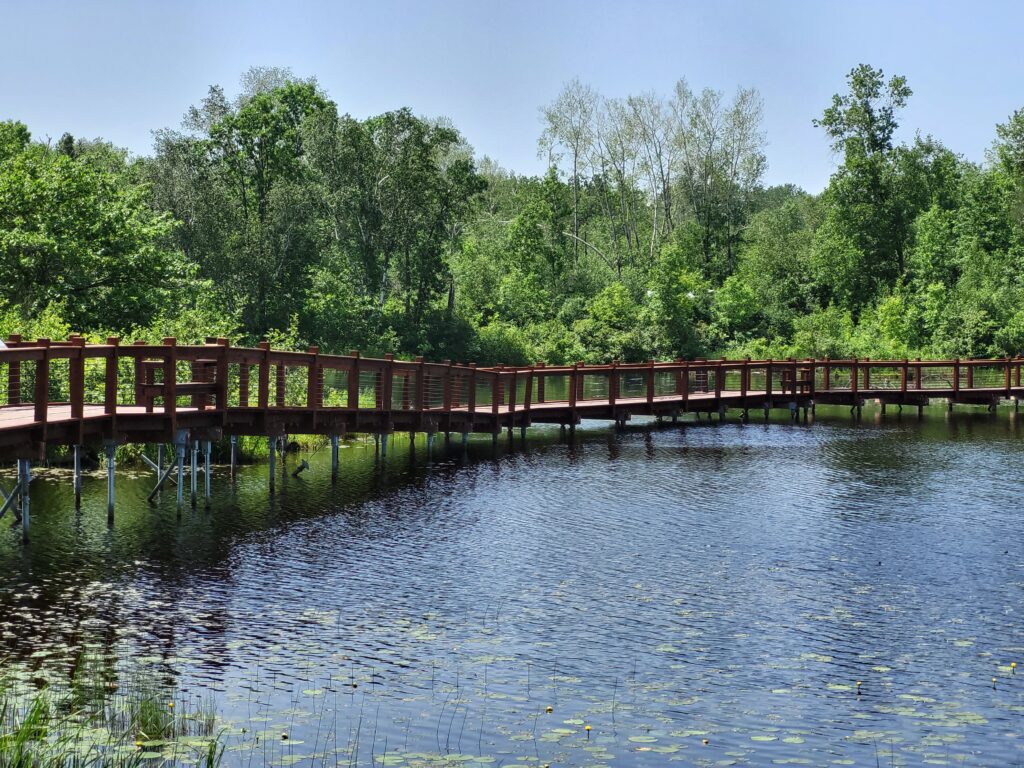10 Questions for Beth Cleary

“Brianna80.” I like the round number, eighty. 4s, 8s, multiples of 10, a number I would have written as a child on and on, practicing my numbers: 8 then 0 then 8 then 0, looping like kids holding hands in a playground. The number eighty, attached to the temporary name Bri-anna, was me for my first three months. I was waiting without knowing I was waiting: for a first name, a last name, a home. While waiting I was watched, assessed, matched with waiting adoptive parents, paid for, ultimately claimed. Eighty of us, in the queue, as of mid-March, and more entering the queue every day in the Baby Scoop.
—from Beth Cleary’s “Supposed to be Grateful” (Volume 66, issue 3)
Tell us about one of the first pieces you wrote.
The imagery remains: a beach, blue sky, clouds, sand. I must have been about eight years old. I remember the feeling: that I had made something. It was powerful, as if something broke free in me. My father read it and said I should be a writer. That was that, even though it’s taken some time for me to step into the shoes he laid out for me all those years ago.
What writer(s) or works have influenced the way you write now?
The “now” in your question is my key—I’m going current in my response. For a book project, I’ve been researching and writing about deep time, geology and extractivism. This is both inspiring and discouraging. I go to my bookshelves for steadiness and instruction: Barbara Hurd, Allison Hawthorne Deming, Pattiann Rogers, Lia Purpura, Terry Tempest Williams, Tiya Miles, Elizabeth Rush, Robert Macfarlane, and the geologist Marcia Bjornerud write about the more than human world with clarity, passion and urgency. James Baldwin and Rebecca Solnit are standard bearers for me in essaying truth. The environmental activist Joanna Macy left a vast legacy to the world, including her principle of “active hope” which she details in several books and taught in workshops and public talks. I read, and teach her work, for the muscle of hope.
What inspired you to write this piece?
I wrote “Supposed to be Grateful” in 2018 and left it in the proverbial drawer. It was my first writing about adoption and my voice was raw and bitter, which unnerved me. In the runup to the 2024 election, with overt threats to women’s reproductive freedom ballyhooed alongside the supposed wonders of adoption, I opened the drawer. I reworked the raw, figured out the truth of the bitter: ambivalence. I wanted to put my essay forward as a testimony about how life as an adoptee, even a psychically bearable life as mine has been, is still a life without essential tethers. Every child a wanted child, every carrying a desired carrying.
Is there a city or place, real or imagined, that influences your writing?
The Iron Range of Minnesota: all 175 miles of the Vermillion, Mesabi and Cuyuna Ranges. I grew up in Massachusetts, but I have what ecopsychology calls “place identity” with the Iron Range, its geological, topographical and social histories. “The Range” is technically a de-industrialized, mostly rural extraction zone, with only a few active mines now (potentially more, disastrously, if resistance cannot hold). Iron ore from the Range was what built United States power in the 20th century.


Who typically gets the first read of your work?
My husband, then my writing group.
What other professions have you worked in?
I was a theater professor for thirty years, and I was lucky to teach a range of theory and practice, and to direct productions of new plays, political work, with full support. Theater will always teach me about human encounters, free and unfree speech, embodied striving. Before that main work of my adult life, I was a microfiche processor, a shift closer at a department store, a fast-typing secretary, grant writer, and tourguide at a house museum, to name a few. In the interstices of everything, for more than thirty years I’ve also taught yoga.
What did you want to be when you were young?
A writer. I took a long detour through theater history and theater-making. I don’t regret it, but I hope I live a long time.
If you could work in another art form what would it be?
Sculpture! Handling clay or stone or other natural materials on small and large scales (not drawn to plastic or concrete), “listening” for new forms and shapes, practicing humility while learning the materials’ inherent capacities and secrets… this all seems like a way to be in relationship to the earth and deep time that appeals to me very much.

What are you working on currently?
A book-length manuscript called Blood Earth, about the Iron Range. I also have a few essays that are calling to come out of the drawer: one about Ellen Emerson, Ralph Waldo Emerson’s oldest daughter (it was their house where I was a tour-guide); the other about the early creators of eligibility and intelligence tests for babies in the adoption pipeline.
What are you reading right now?
To escape the gloom-inducing nonfiction in the news, I’m reading fiction I missed while working 60 hours a week. Barbara Kingsolver’s The Prodigal Summer is my current book, and what a book about the more than human world! I just finished, in full swoon, Jeffrey Eugenides’s Middlesex. A more recent prizewinner, Samantha Harvey’s Orbital, was gorgeous as an audiobook—I felt like I, too, was viewing the earth from the space station, utterly in love with the planet despite the catastrophes we humans create.
BETH CLEARY‘s essays are published in Ninth Letter, Fourth Genre, The Maine Review, After the Art, Invisible City, and other publications. A retired theater professor, Beth lives on the ancestral homeland of the Dakota people in St. Paul, Minnesota, where she co-founded the East Side Freedom Library.



